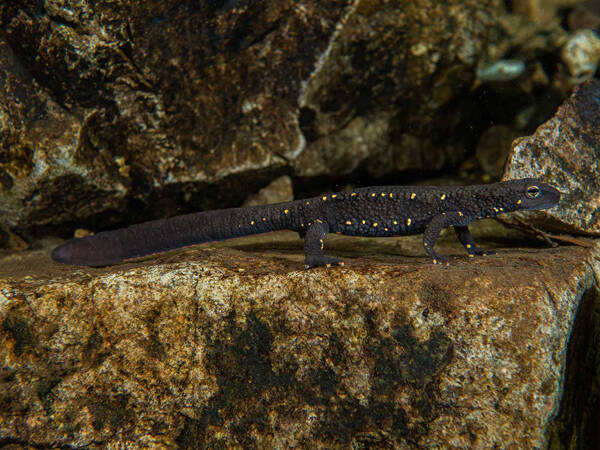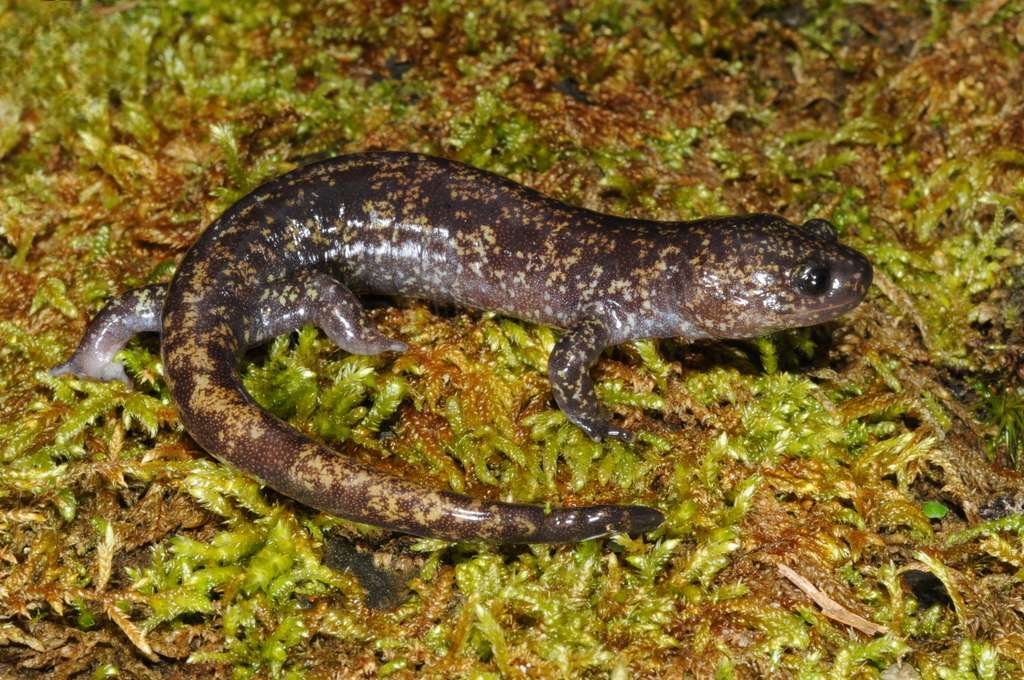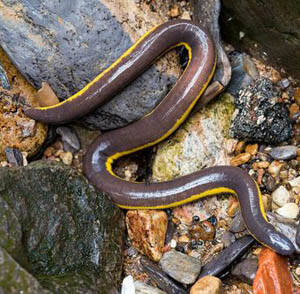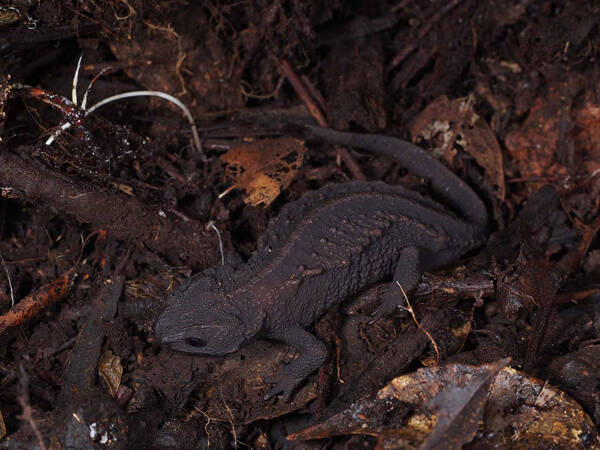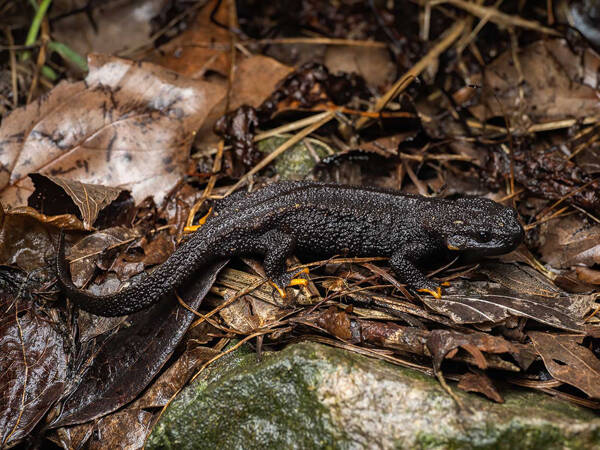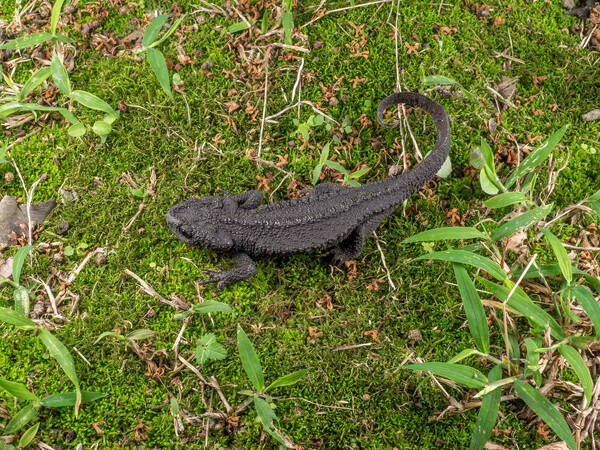Paramesotriton aurantius
IUCN
LCBasic Information
Scientific classification
- name:Paramesotriton aurantius
- Scientific Name:Paramesotriton aurantius
- Outline:Urodela
- Family:Caudata Salamandridae Acanthophodon
Vital signs
- length:
- Weight:
- lifetime:
Feature
Similar to the alpine newt.
Distribution and Habitat
In China, it is distributed in Fujian (Zherong, Feiluan Town, Dongzhen Reservoir, Luoyuan, and Putian).
Appearance
The head is flat and slightly triangular. The head is longer than the width. The snout is truncated. The ridges on the side of the head are obvious and gradually expand from the snout back to the occiput. The fingers and toes are not webbed, and a marginal membrane can be seen on the side of the third toe. The base of the tail is cylindrical, gradually flattening laterally. There is an orange-red ridge on the back of the body; there are irregular orange-red and yellow spots and patches on the sides and ventral surface of the body.
Details
The orange-backed newt is an amphibian of the family Salamandridae and the genus Acanthus. It lives in degraded secondary shrub forests near the top of the mountain, surrounded by tall grass and azaleas, and scattered with wetlands and still water ponds. The environment is humid and foggy most of the time. Adult newts hide in rocks or plant roots during the day. The same habitat also houses the harp frog, the broad marsh frog, the Chinese giant toad, the Chinese rain frog, and the white-jawed tree frog.
It is listed in the second level of the "List of National Key Protected Wildlife in China".
